Nikon D810 review
The Nikon D810 is the maker's highest resolution DSLR camera

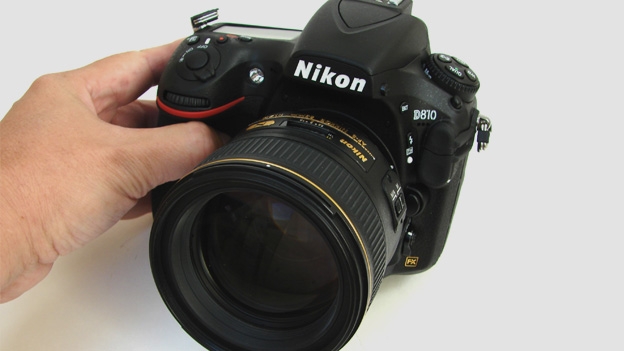
-
+
Rock solid construction
-
+
Heavyweight features
-
+
36MP resolution sensor
-
-
Weight
-
-
Nose smudges on LCD
Why you can trust T3


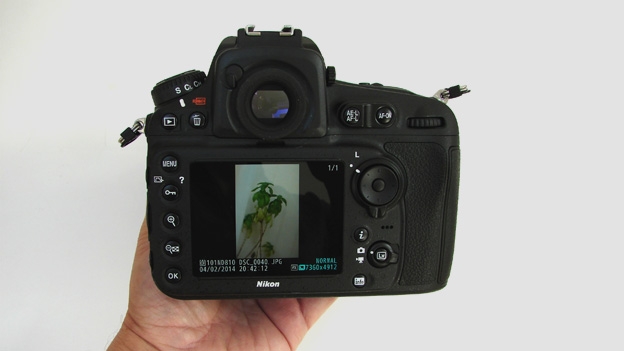
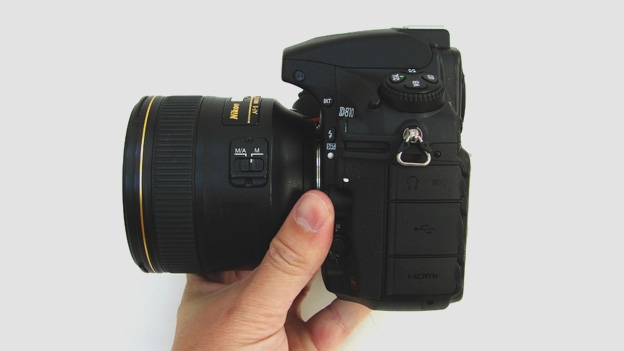
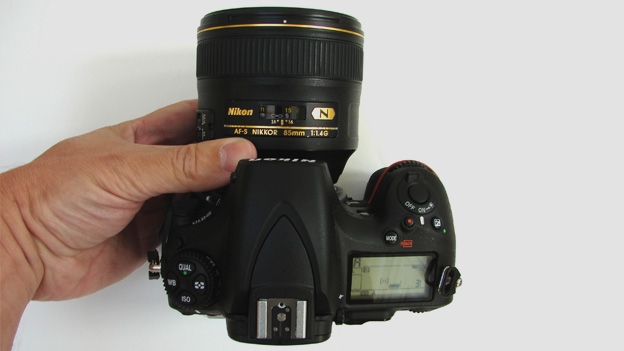
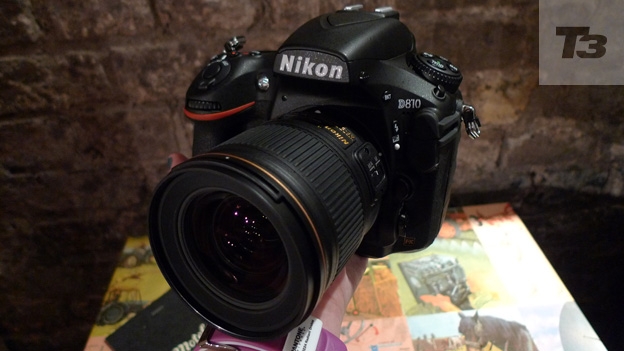
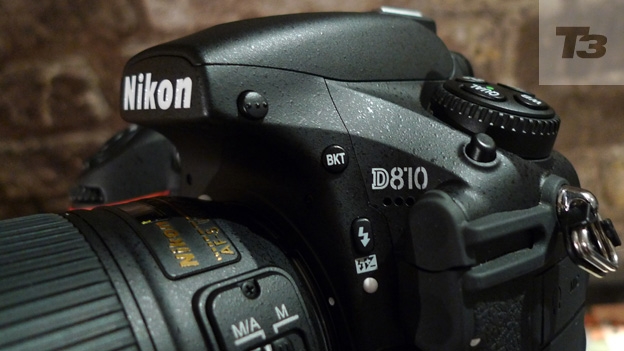
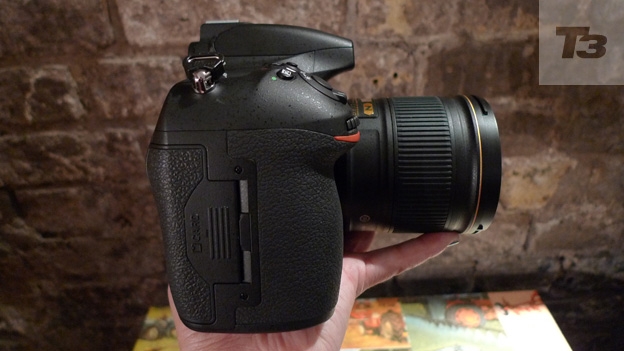
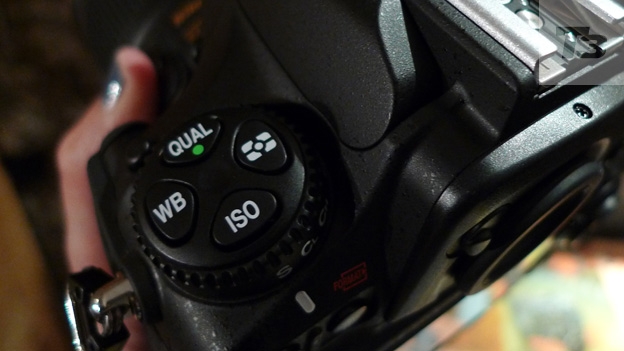
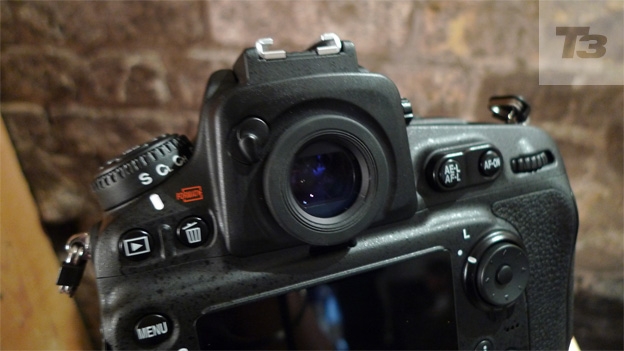
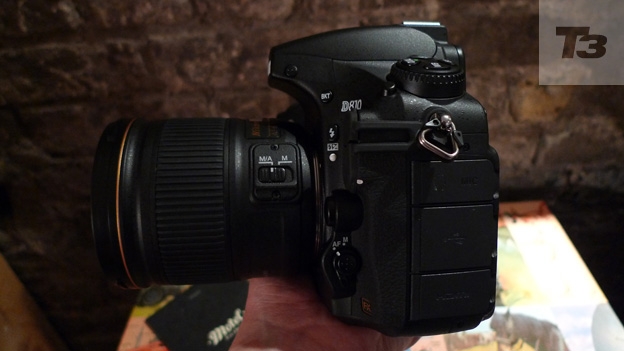
Nikon has replaced the D800 and D800e with the highest-res DSLR in its range. Find out if it's a good move in our Nikon D810 review
A new Nikon digital SLR is always a major event for photo enthusiasts - and particularly a pro model that replaces two older class-leading variants in one fell swoop.
The Nikon D810 is such a camera, coming after and updating both the Nikon D800 and Nikon D800e. It follows their lead in offering the highest resolution ever in the Nikon range, while at the same time the D810 omits the optical low pass filter like the marginally pricier D800e option did.
Manufacturers claim this loss of what at one time was seen as an integral feature allows it to eke out just a little more image detail. And when the D810 offers a whopping 36.3 megapixels, sufficient visual oomph to, in theory, allow for billboard sized prints, this is going to be your main reason for buying this camera over Nikon's other pro flagship, the incredible D4S, which shoots faster than the D810 at 11fps but trades its speed for a lower pixel count.
Of course, pro grade cameras aren't cheap, yet at a body-only £2,699.99 the dust and weather sealed magnesium alloy bodied D810 feels pretty fair to us, especially for what is going to be a main tool for those who earn money from photography as a living.
Screw a respectable piece of glass onto the front, such as the 85mm f/1.4 portrait lens we were sent in tandem with the full frame (the largest sensor in a body of this type) Nikon, and this camera feels a weighty proposition in every sense of the word. Even without lens it is already nearly 1kg in heft.
If outwardly first impressions are good, then a glance under the bonnet also raises expectation. This generation sees the inclusion of a newer, faster processor. This has provided an increased number of continuous shots - here 5fps in full frame mode, or 7fps in a reduced 15-megapixel resolution crop mode.
We also get unlimited JPEG shooting, or rather this is restricted only by the capacity of the card in use. Commensurate with the fact that this is a pro model, here there are two media slots - one for CompactFlash, the other for SD. With a maximum ISO51200 light sensitivity setting offered, further improvements govern auto white balance performance, while Picture Control settings have been enhanced with a new Clarity setting added, fine adjustments made in 0.25 increments.
As this is a pro model, some features have inevitably trickled down from the top dog D4S camera, such as a 51-point AF system and Group AF functionality; for those wanting to shoot candid portraits, there is a quieter shutter mechanism this time around too.
But, while initial impressions would seem to confirm the fact that the D810 is even better than the camera duo that held sway before it, how does the newest Nikon DSLR handle in practice?
Nikon D810: Controls
From the top plate down, the D810 looks and feels every inch the professional's tool. This is a chunky beast with plentiful buttons, knobs and dials to allow user customisation to the nth degree; yet, there is enough here that feels immediately familiar without having to delve into the manual in order to start shooting on the camera.
After all, the on/off switch encircles the shutter release button for ergonomic perfection, with a top plate LCD screen showing the essentials of shooting mode deployed and shots remaining; thus avoiding recourse to the larger backplate screen and menu systems.
Command wheels front and back are in ideal position for spinning by forefinger or thumb of the right hand, and the grip, while to our mind not feeling quite as full and comfortable as the D4S, particularly with weightier glass on the front, nevertheless does the job.
Newly added this time around is a small i button to the right of the camera back. This provides for swift access to the shooting menu bank via the rear plate LCD; presented as a tool bar along the bottom of the screen, thus preventing - to an extent - otherwise having to drill down into menu screens.
Nikon D810: Screen
The back screen of the D810 is resolutely fixed: not for the D810 a flip and swivel LCD to enable selfie abuse.
Our review sample did, however, come with a clear plastic screen protector in place; useful, as, because of the very short eye relief here, we found our nose butting against the LCD below. So, as well as protecting against knocks and scratches, it avoids greasy nasal smears all over the LCD glass.
Still, as we noted earlier, this camera offers a high degree of customisation. A case in point: the colour balance of the 3.2-inch LCD can be tweaked - a potentially useful tool for commercial photographers. We also get a new split screen Live View mode - the mode via which the LCD can be used to compose images rather than just relying on the optical viewfinder, which especially comes into its own for any video work.
This is again accessible via the new addition of the i button. Incidentally, video recording is possible also at 1,920 x 1,080 pixels and at either 50 or 60P, and there are generally more built-in controls for filmmakers this time around, including audio controls governing microphone range - plus a wind noise reduction option.
Nikon D810: Battery
Into the base of the D810's handgrip slides a rechargeable EN-EL15 lithium-ion battery and naturally there is a standalone mains charger provided for its replenishment. A battery life of 900 shots from a full charge is pretty much on-the-nose of what we were expecting from a beast of this professional ilk, so we have no complaints, even though even more capacity is always better than less.
Nikon D810: Picture quality
As well as the aforementioned Full HD video, this Nikon naturally offers the choice of Raw and JPEG format stills, shot either in tandem or separately. Like the impressive D4S we reviewed before this even newer model, at the time calling it the only DSLR you'd ever need, the D810 could very well be classified in the same manner; that is, if you have the requirement for very large images from large image files. Not all of us have, although the choice of more pixels is always better than the limitations of fewer pixels.
In fairness we were shooting with a great quality lens in the 85mm f/1.4, which proved itself - in tandem with the D810's full frame sensor - of delivering some creamily smooth 'bokeh' - concentrating focus on a narrow portion of the frame and selectively blurring the surrounds to draw our attention even more closely to the subject. This lends the D810's images an almost D effect, and when you have 36.3 megapixels' worth of detail piled in on top, you're not going to hear us complaining. In two words: simply stunning.
For video too, the D810 may well tempt the pros, offering the ability to capture cinematic-like clips with that maximum frame rate stopping just a smidgeon shy of a class leading 60fps. You'll want to adjust focus by hand as you move through the frame and the camera is recording, but again, professional results are guaranteed with colours remaining spot on in terms of naturalism.
Nikon D810: Verdict
The 36.3 megapixel D810 targets both pro photographers needing that maximum resolution for potentially huge enlargements, as well as aspirational advanced photographers who will appreciate a lower price point than the flagship Nikon D4S. Outwardly the D810 certainly looks and feels the part, too, even if in terms of overall ergonomics we'd rather go with the pricier D4S.
Still, strap a decent piece of glass on the front and the results are as good as anyone would expect from a top camera in its range, full frame sensor and bright aperture working in tandem to perfection.
Nikon D810 release date: Out now
Nikon D810 price: £2,699.99
Sign up to the T3 newsletter for smarter living straight to your inbox
Get all the latest news, reviews, deals and buying guides on gorgeous tech, home and active products from the T3 experts
Gavin Stoker has been writing about photography and technology for the past 20 years. He currently edits the trade magazine British Photographic Industry News - BPI News for short - which is a member of TIPA, the international Technical Imaging Press Association.
-
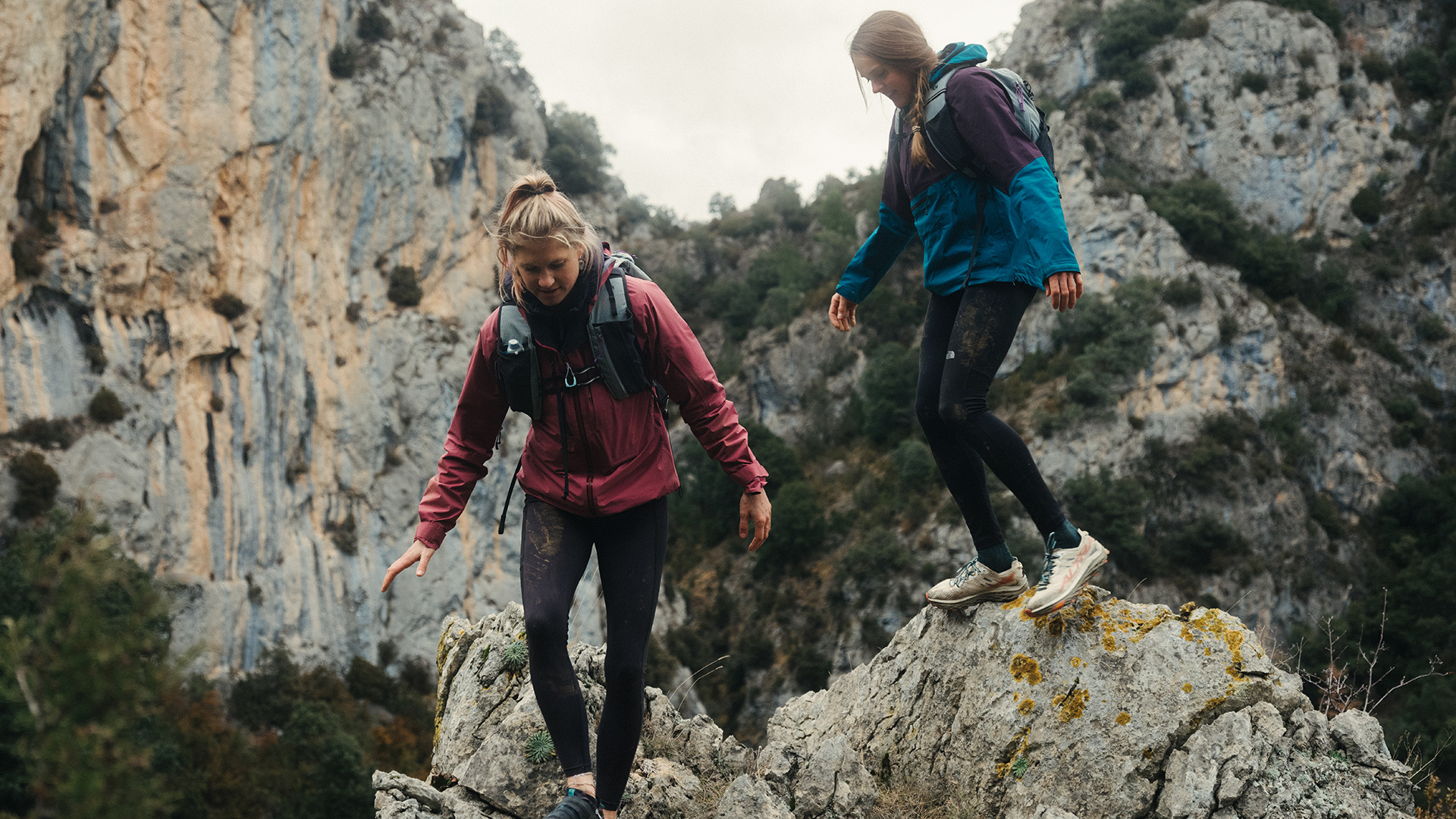 Gossamer Gear's Grit 28 is a masterclass in ultralight backpack design
Gossamer Gear's Grit 28 is a masterclass in ultralight backpack designTrail runners and fastpackers, take note
By Matt Kollat Published
-
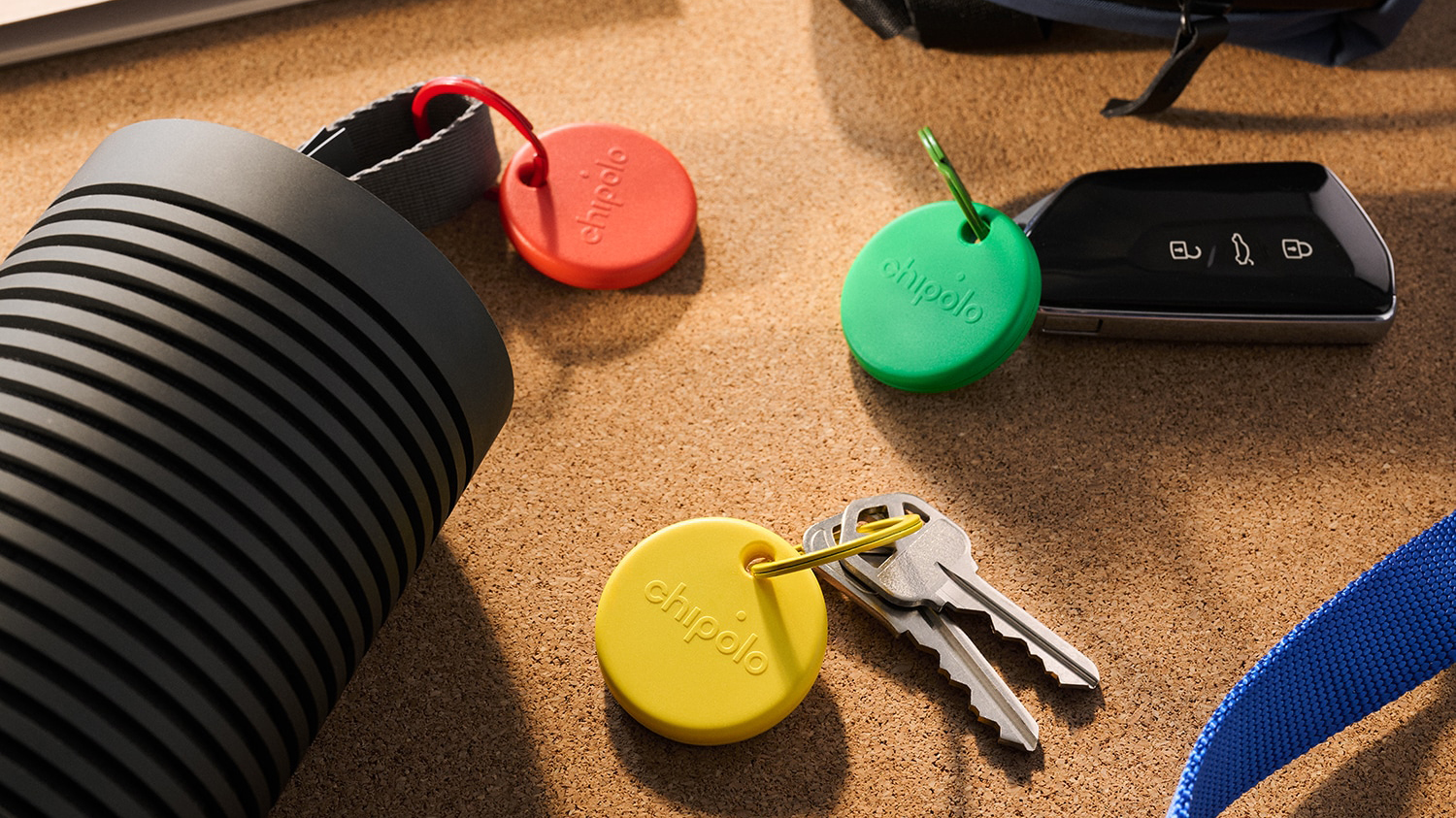 Forget AirTag, Chipolo's new Bluetooth tracker adds a dash of colour
Forget AirTag, Chipolo's new Bluetooth tracker adds a dash of colourChipolo's Pop tracker works with both Apple's Find My and Google's Find My Device – so you can track whichever platform you're using
By Mike Lowe Published
-
 The 5 luxury PS5 Pro accessories I can't live without – How to upgrade your PlayStation in style
The 5 luxury PS5 Pro accessories I can't live without – How to upgrade your PlayStation in styleIf you want a better experience for your PS5 Pro, you need these luxury upgrades
By Max Freeman-Mills Published